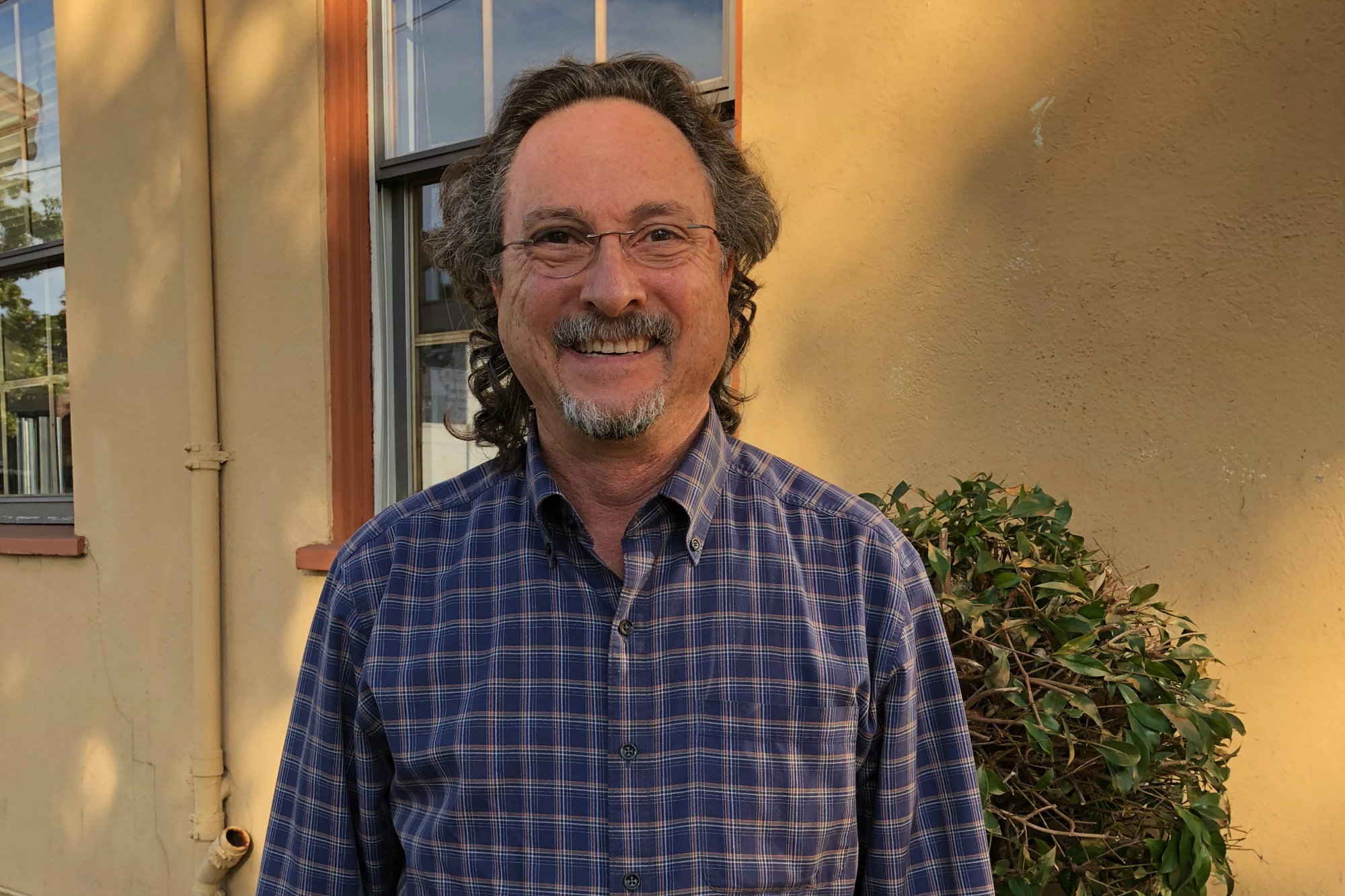Earlier this year, the group that writes and maintains the Model Aquatic Health Code sparked a heated conversation about cyanuric acid and its place in a pool’s maintenance regimen.
Used to help chlorine resist UV deterioration and last longer, CYA has a flip side that has caused some to wonder if it should be limited. In protecting chlorine, CYA also renders a portion of the sanitizer inactive. Some, especially those dealing with commercial pools, worry that it hampers chlorine’s effectiveness too much. Others believe the conversation is much ado about nothing — a non-issue that seems to rear its head every few years.
Whichever side of the argument you fall on, an interesting figure has emerged through the subcommittee charged with exploring how much CYA is too much.
Richard Falk has become a dominant voice in the chemistry conversations entertained by the Council for the Model Aquatic Health Code. And many in the industry have come to see him as a reference in these subjects.
There are plenty of paths to the pool and spa industry, but Falk’s has been somewhat unconventional. A trained scientist of chemistry and physics, he chose to spend his career in the computer tech industry as it was just beginning to burgeon. But, after 20 years, he was brought back to his chemical training by his own backyard pool.
With a scientist’s sensibility and a consumer’s zeal, he’s working to help the industry get to the bottom of a question it’s been asking for decades.
Side-door entry
For all his life, Falk has been a person of wide-spanning interests.
From the time he was a junior high-schooler, he took an interest in the young but growing world of computers. In the age of Fortran, he was learning to program and troubleshoot. In high school and college, he took summer jobs working with computers and would help people in their struggles with the new technology.
But, unimpressed with university-level computer curricula, he chose to study physics and chemistry at University of California, Berkeley. “I liked the predictability,” he says. “In fact, I think that’s generally why I liked science. Complexity didn’t bother me, but I preferred predictability.”
Still, Falk vowed to teach himself computers, referring to some of the holy grails of programming at the time by the likes of Donald Knuth.
After earning his bachelors degree in physical sciences with an emphasis in chemistry and physics, Falk obtained an MBA and turned his side hustle into a decades-long computer technology career. His experiences ranged from retraining former factory workers to fixing product defects.
“I learned not to just trust what everybody is doing, or what’s traditional,” he says. “Instead, you basically go down to first principles on things and try to understand issues from the basics, bottom-up, foundational.”
He continued that approach as an active pool consumer and eventual expert.
Backyard beginnings
About 15 years ago, Falk’s own pool sucked him back into the world of chemistry.
As a first-time pool owner, he was treating the water as his pool-industry buddy had advised him. But he still had algae problems. He sought assistance through online forums, but these websites turned out to be a rabbit hole for the trained chemist. He began researching and connecting with other scientists on the issue and found that somebody had proposed in the 1970s that the ratio between free chlorine and CYA should be managed for maximum effectiveness. In short order, Falk was dispensing advice rather than seeking it, under the handle Chem Geek. Like him, most people were expressing frustration over green algae problems.
The forums turned out to be a great way to test his beliefs about fixing the algae problem. “At the peak, there were literally 100 posts a day to review,” Falk says. “So there was a lot of data to help validate whether the science would work when applied to real pools. It’s one thing to work in my pool or a few pools, but when you’re able to figure something out and apply it across thousands,it’s a great feeling.”
Deeper exploration
After he reached out to the Centers for Disease Control, the Council for the Model Aquatic Health Code and other standards writers, Falk became a resource in those circles. He was chosen as lead author of the recently released paper on CYA ratios.
He continued this unpaid work for 11 years while holding down a full-time computer-tech job. In 2015, Falk left computers to pursue the pool/spa industry full time. He now has a company called WaterGuru, which makes smart products that monitor and dose chemicals in residential pools. The product has undergone a soft launch.
But serving as lead author for the CMAHC paper on the relationship between CYA and free chlorine stands out as one of his proudest pool-industry achievements.
“Ultimately, my goal is just to have truthful science in the pool industry for not just the chlorine/CYA relationship, but applying it to everything.”


